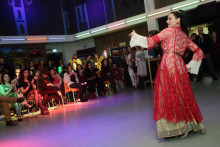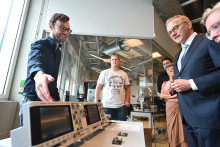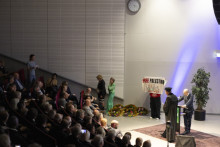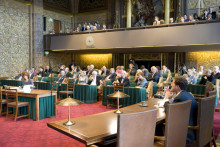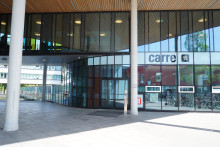Nowruz marks the first day of spring and the beginning of the Persian year, which usually begins on the 21st of March of the Gregorian calendar. Nowruz has been celebrated for more than 3000 years by people with diverse ethnic and religious backgrounds in Iran and many other countries.
The most important Iranian holiday
In Iran, Nowruz represents the most important holiday of the year. A typical Iranian family usually prepares for the occasion a couple of weeks in advance. For example, they start by a tradition called ´Shaking the house´, during which they carefully clean every inch of their home.
The celebrations of Nowruz begin on the first day of spring, which is around March 21, and they last for 12 days. Schools and many offices are closed during this period, which is mostly dedicated to visiting friends and family.
Symbols of Nowruz
The most prominent symbol of Nowruz is called “Haft Sin” (´Seven S´s) table and Iranians spend a lot of effort on decorating it. The table contains seven items that start with the letter "S" and each item represents an important symbol of life, such as rebirth, love, beauty or health. Bastille also hosted such a table, next to which could visitors take photos dressed in traditional Persian costumes.
Iranian Sinterklaas
Attendees of the UT´s Nowruz celebration could also encounter ´Uncle Nowruz´, the Persian equivalent of Dutch Sinterklaas. Uncle Nowruz is also an old man with white beard, who brings gifts, stories and good luck to people. And just like in the Netherlands, Uncle Nowruz´s has sidekicks – men dressed in red with faces covered in soot. This only shows how similar even seemingly distant cultures are.
Taste of Persia
Visitors of the UT event ´Taste of Persia´ could learn about all the above mentioned traditions through workshops, an exhibition and presented videos. They could also enjoy some traditional Iranian food, live music and dance performances. The celebrations in the Bastille lasted the whole evening and of course even after midnight, just like proper New Year´s Eve celebrations should.



